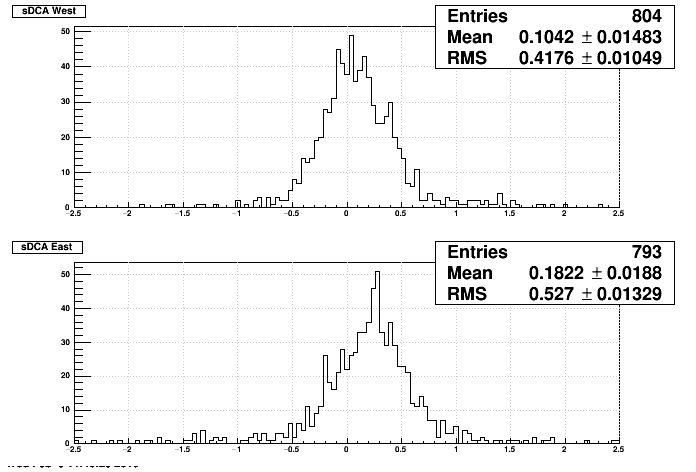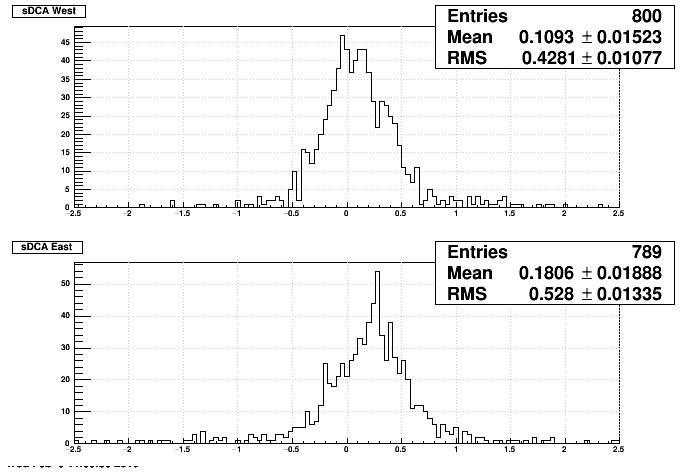- genevb's home page
- Posts
- 2025
- 2024
- 2023
- 2022
- September (1)
- 2021
- 2020
- 2019
- December (1)
- October (4)
- September (2)
- August (6)
- July (1)
- June (2)
- May (4)
- April (2)
- March (3)
- February (3)
- 2018
- 2017
- December (1)
- October (3)
- September (1)
- August (1)
- July (2)
- June (2)
- April (2)
- March (2)
- February (1)
- 2016
- November (2)
- September (1)
- August (2)
- July (1)
- June (2)
- May (2)
- April (1)
- March (5)
- February (2)
- January (1)
- 2015
- December (1)
- October (1)
- September (2)
- June (1)
- May (2)
- April (2)
- March (3)
- February (1)
- January (3)
- 2014
- December (2)
- October (2)
- September (2)
- August (3)
- July (2)
- June (2)
- May (2)
- April (9)
- March (2)
- February (2)
- January (1)
- 2013
- December (5)
- October (3)
- September (3)
- August (1)
- July (1)
- May (4)
- April (4)
- March (7)
- February (1)
- January (2)
- 2012
- December (2)
- November (6)
- October (2)
- September (3)
- August (7)
- July (2)
- June (1)
- May (3)
- April (1)
- March (2)
- February (1)
- 2011
- November (1)
- October (1)
- September (4)
- August (2)
- July (4)
- June (3)
- May (4)
- April (9)
- March (5)
- February (6)
- January (3)
- 2010
- December (3)
- November (6)
- October (3)
- September (1)
- August (5)
- July (1)
- June (4)
- May (1)
- April (2)
- March (2)
- February (4)
- January (2)
- 2009
- November (1)
- October (2)
- September (6)
- August (4)
- July (4)
- June (3)
- May (5)
- April (5)
- March (3)
- February (1)
- 2008
- 2005
- October (1)
- My blog
- Post new blog entry
- All blogs
Quick look at effect of Run 15 OFCW short
Updated on Wed, 2016-02-03 17:00. Originally created by genevb on 2016-02-03 12:26.
There was a partial electrical short in the OFCW seen in Run 15. It was present in only 2.4% of the field cage readings taken during DAQ runs. Here is the current from OFCW during runs (versus unix time):

Note that this partial short is in addition to another OFCW short which has persisted for several years.
I looked for a run where the OFCW appears to be experiencing the partial electrical short (only 2.4% of the field cage readings during runs in Run 15 saw the partial short, and most runs have some portion of their time with the short, and some portion of their time without) and found run 16149025 for which the short appears to be occurring the entire run (i.e all events are affected). Here I show the OFCW currents vs. run for day 149 where run 25 only has readings consistent with the partial short while most others have some readings without the partial short; and then a second plot of the currents vs. time [seconds] for run 16149035, as an example of the typical behavior that the partial short appears and disappears within runs.


I then processed a file from this run (st_himult_16149025_raw_5000008.daq, 1347 events) using the asymmetric SC&GL calibration code with the following chain (NB: no HFT hits are included in tracking): "P2015b,btof,goptsce100005,mtd,BEmcChkStat,SCScalerCal,NoPXLIT,NoISTIT,NoSSTIT,CorrX,OSpaceZ2,OGridLeak3D,-hitfilt"
This I did with no database table to correct for the partial short, and again with a local database table for the short under the assumption that the short was 0.345 MΩ missing at ring 80.5, as was used for correcting data several years ago for a partial short in OFCW. Here are the resulting histograms for SpaceCharge and sDCA.
Findings, for the track sample selected by the calibration code:
The effect of the correction on measured SpaceCharge from this fit is 6e-5, in very close agreement with what I found by using the histogram meanss. The effect on east is an order of magnitude smaller.
Keeping in mind both how these effects are smaller than the uncertainty in the calibration, and that only fractions of the data used in the calibration were affected, I conclude that these effects are at a level that did not impact the calibration. The subsequent conclusion is that if there are issues found in analyses of the data, one would address other uncertainties before worrying about this partial electrical short.
-Gene
UPDATE: This was discussed at the TPC Meeting and decided not to turn on this correction for now given that we haven't really studied whether this is the right location for this missing resistance.

Note that this partial short is in addition to another OFCW short which has persisted for several years.
I looked for a run where the OFCW appears to be experiencing the partial electrical short (only 2.4% of the field cage readings during runs in Run 15 saw the partial short, and most runs have some portion of their time with the short, and some portion of their time without) and found run 16149025 for which the short appears to be occurring the entire run (i.e all events are affected). Here I show the OFCW currents vs. run for day 149 where run 25 only has readings consistent with the partial short while most others have some readings without the partial short; and then a second plot of the currents vs. time [seconds] for run 16149035, as an example of the typical behavior that the partial short appears and disappears within runs.


I then processed a file from this run (st_himult_16149025_raw_5000008.daq, 1347 events) using the asymmetric SC&GL calibration code with the following chain (NB: no HFT hits are included in tracking): "P2015b,btof,goptsce100005,mtd,BEmcChkStat,SCScalerCal,NoPXLIT,NoISTIT,NoSSTIT,CorrX,OSpaceZ2,OGridLeak3D,-hitfilt"
This I did with no database table to correct for the partial short, and again with a local database table for the short under the assumption that the short was 0.345 MΩ missing at ring 80.5, as was used for correcting data several years ago for a partial short in OFCW. Here are the resulting histograms for SpaceCharge and sDCA.
| SpaceCharge | sDCA | |
|---|---|---|
| without correction |
 |
 |
| with correction |
 |
 |
Findings, for the track sample selected by the calibration code:
- The effect of the correction on sDCA is ~51 μm in the west. There is a caveat that a net 4 less tracks are in the track sample with the correction. We also see a 16 μm shift in the east, with a similar net 4 less tracks caveat; part of the impact on the east may be due to west side track shifts slightly altering the vertices.
- The effect of the correction on measured SpaceCharge west is 7e-5, which is a factor of ~3 below the error on the mean (~20e-5), and well below our typical accuracy for calibration SpaceCharge (~1e-3). The effect on east is negligible (as expected).
- Despite the sDCA distribution having a smaller width in west than east, the SpaceCharge distribution has a larger width in the west.
- The sDCA distributions are not centered at zero, off by a couple mm for both east and west. This may be due to 2 possible factors:
- There are fill-to-fill variations in SpaceCharge that remain after the calibration.
- This calibration assumed one GL value for all sectors. This means that the same east-west asymmetry is imposed on SpaceCharge as GridLeak, and the resulting calibrated asymmetry may be a compromise between what SpaceCharge needs and what GridLeak needs.
| SpaceCharge west | SpaceCharge east | |
|---|---|---|
| without correction | 0.035729 | 0.052307 |
| with correction | 0.035792 | 0.052302 |
The effect of the correction on measured SpaceCharge from this fit is 6e-5, in very close agreement with what I found by using the histogram meanss. The effect on east is an order of magnitude smaller.
Keeping in mind both how these effects are smaller than the uncertainty in the calibration, and that only fractions of the data used in the calibration were affected, I conclude that these effects are at a level that did not impact the calibration. The subsequent conclusion is that if there are issues found in analyses of the data, one would address other uncertainties before worrying about this partial electrical short.
-Gene
UPDATE: This was discussed at the TPC Meeting and decided not to turn on this correction for now given that we haven't really studied whether this is the right location for this missing resistance.
»
- genevb's blog
- Login or register to post comments
